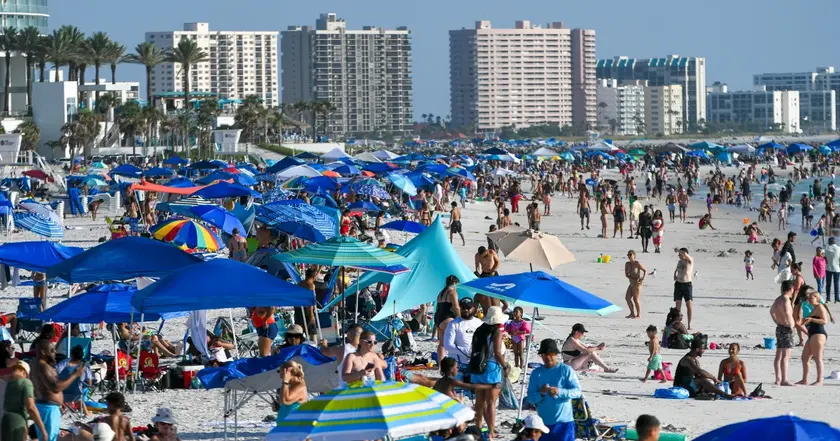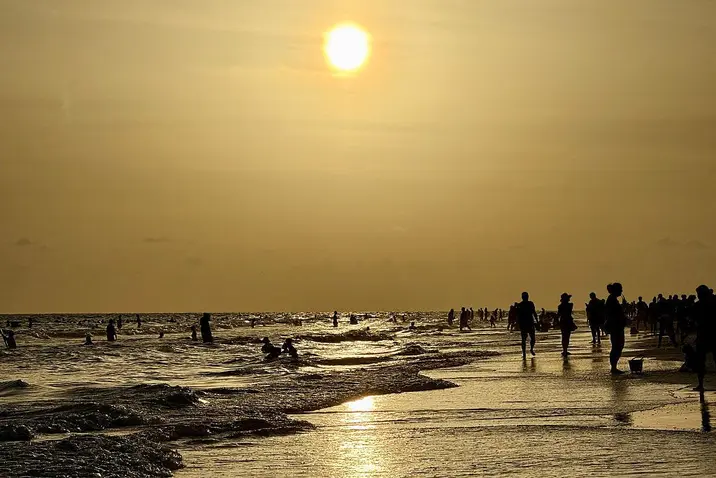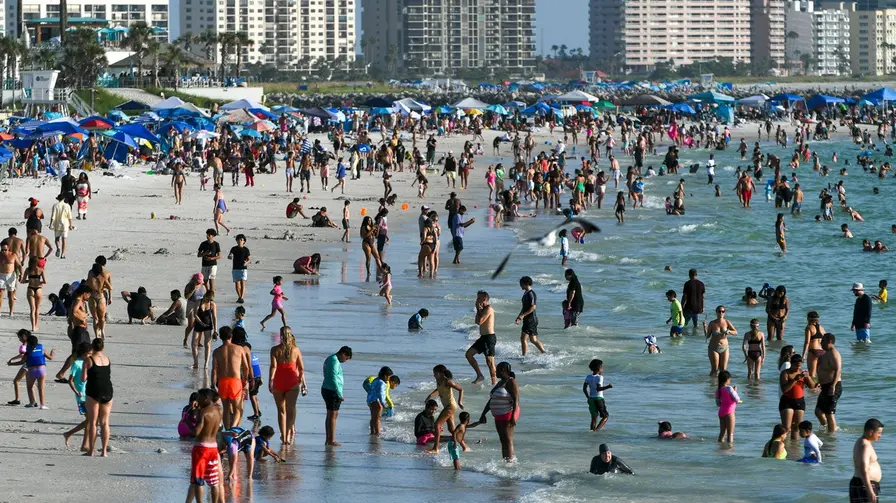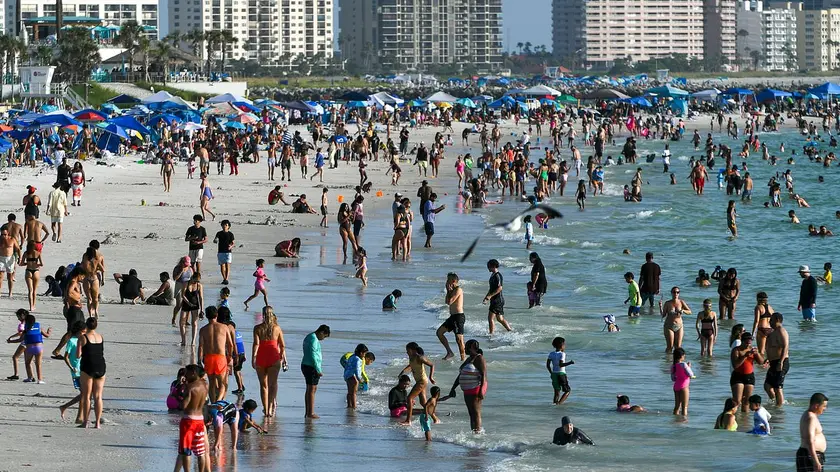T4K3.news
Vibrio vulnificus cases rise along southeastern coasts
Health officials report rising infections in Florida, Louisiana, North Carolina and Mississippi; precautions urged.

Rising flesh-eating bacteria infections along the southeastern U S coast prompt warnings and practical protections.
Rising Vibrio vulnificus cases prompt coastal health warnings
Deaths from Vibrio vulnificus infections are rising along the U S Southeast coast, with Florida, Louisiana and North Carolina reporting confirmed cases this year. Florida has 16 cases, Louisiana 17, North Carolina seven and Mississippi three, according to state health departments. In Florida, infections have appeared in counties along both the Gulf and Atlantic coasts, from Bay County in the Panhandle to Broward and St Johns counties near Jacksonville. The spread shows how the risk touches a wide range of coastal communities, including popular spots like the Outer Banks.
Vibrio vulnificus thrives in warm seawater and can infect through open wounds or by eating contaminated seafood, especially raw oysters. The CDC says about 1 in 5 people with infection die. Experts caution that risk groups include older adults, people with liver disease, and those with weakened immune systems. The infection can progress quickly, producing redness, swelling and blisters before it reaches the bloodstream. Health officials advise covering wounds when swimming and seeking care promptly if signs of infection appear, as early treatment can prevent severe outcomes.
Key Takeaways
"This is certainly not normal, that's one thing"
Jutla comments on the unusual rise in cases
"Something happened this year that triggered the pathogens a little bit more than before"
Jutla discusses an uptick in Vibrio activity
"A delay in presenting to health care is truly the likely reason why most people have a more serious outcome"
Beatty on care timing
The rise fits a broader pattern of warmer oceans and more active hurricane seasons. Researchers note that high plankton and chlorophyll levels, indicators for vibrio, have appeared across Florida’s panhandle and nearby waters, suggesting environmental conditions may be shifting Vibrio activity. The unknowns make it hard to pinpoint a single cause, but the signal is clear enough to warrant closer surveillance and stronger public guidance. The season is far from over, and experts say health systems should prepare for seasonal spikes that stress resources in coastal areas.
This is not just a medical issue; it is a climate signal that affects everyday life. Public messaging must target high risk groups and provide practical steps for wound care and seafood safety. Policy makers may consider expanding warning campaigns, improving oysters' safety protocols, and ensuring rapid access to care in vulnerable communities as the warm months continue.
Highlights
- This is certainly not normal, that's one thing
- Something happened this year that triggered the pathogens a little bit more than before
- A delay in presenting to health care is truly the likely reason why most people have a more serious outcome
- If infection progresses, it can get into the bloodstream and cause sepsis.
Public health risk from rising Vibrio vulnificus cases
Officials warn of a renewed pattern of Vibrio vulnificus infections along warm coastal waters. Infections can be severe for older adults and those with liver disease, and climate factors may be driving higher activity this summer. The rise calls for clear guidance on wound protection and seafood safety, as well as ongoing surveillance.
Staying vigilant and following public health guidance can reduce risk as summer heat and coastal activity continue.
Enjoyed this? Let your friends know!
Related News

Flesh eating bacteria surge hits US coasts

Rise in flesh-eating bacteria cases alarms health officials

Health officials report increase in flesh-eating bacteria cases

Warm seas drive surge of flesh-eating Vibrio along coasts

Four die from flesh-eating bacteria in Florida

Four people die from flesh-eating bacteria in Florida

Health alert issued for Gulf Coast Vibrio cases

Vibrio Vulnificus Cases Rise in Southern US
